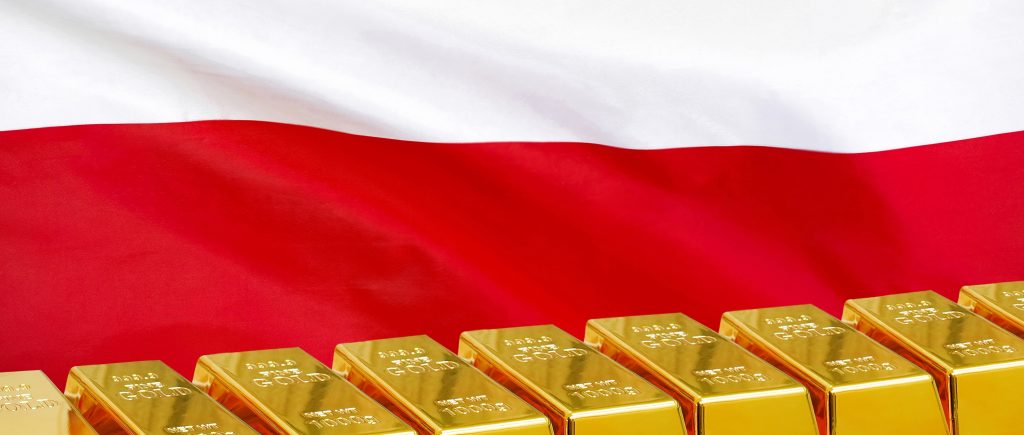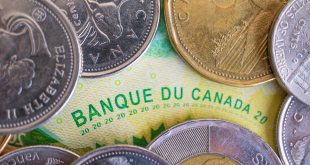The world’s second-largest gold-buying central bank is trembling because to Poland’s political unrest, which has caused gold prices to briefly surpass $2040 per ounce. Poland’s central bank has reported making significant gold purchases this year, second only to China’s, but political turmoil is expected. At the time of writing, gold is up +63%, trading at $2044.70 per ounce.
By 2023, the National Bank of Poland expects to have added about 130 tonnes to its gold reserves, bringing its total holdings to approximately 50% of its weight. Since Adam Glapiński, the current governor, assumed office in mid-2016, Poland’s central bank’s gold holdings have nearly tripled.
Poland’s new Prime Minister Donald Tusk criticized the Monetary Policy Council and the governor of the National Bank of Poland for seeking to replace the country’s central bank chief. Tusk also dismissed Poland’s representative to the World Bank, PiS-appointee Jacek Kurski, a move condemned as unlawful by the NBP in a press release.
Tusk repeated his plan to remove Glapiński as central bank governor but rowed back from wanting to prosecute him for “unlawful” quantitative easing during the Covid pandemic and for cutting interest rates amid a controversy over the true pace of inflation ahead of the 2023 election.
The neighboring Eurozone’s chief central banker Christine Lagarde earlier this month wrote to Glapiński agreeing that EU member-state policymakers can expect to be protected against political interference affecting their independence.
All the measures we will take, including concerning Glapiński, are aimed at rebuilding the full political independence of the central bank. Gold priced in the Zloty edged higher on Thursday, but held almost 15% below the record set in early 2022, when the gold price spiked on Russia’s all-out invasion of Poland’s neighbor Ukraine.
With central banks as a group, led by China, more than offsetting a slowdown in private-sector gold investment this year, Poland’s purchases have accounted for more than one tenth of the estimated 1,100-tonne addition to official-sector holdings.
The European Union is a group of 27 countries, with 20 of them being part of the Eurozone. Poland and Hungary have been significant gold buyers in recent years, with Poland and Hungary not yet included in the Eurozone.
There are secret agreements between nations in the EU to align gold reserves relative to GDP to be prepared for a new gold standard or gold price targeting system.
For Poland to be included in the Eurozone, it has to harmonize its gold to GDP ratio with the Eurozone average. The Dutch Central Bank recently admitted that it holds gold worth about 4% of its GDP, which it has brought in line with the positions of France, Italy, and Germany.
European central banks have communicated that there are no legal obligations to coordinate reserves, but they have likely agreed to recurrently use foreign exchange to equalize total reserves and be able to exactly balance gold reserves among each other the very day they shift to a new gold standard.
Poland aside, Hungary’s gold holdings have grown significantly, rising from 3 tonnes in 2017 (0.1% of GDP) to 94 tonnes in 2021 (3% of GDP). Although its gold to GDP ratio is still considerably below the regional average, the Czech Republic is also purchasing gold. These trends are probably not exclusive to Europe, as China is also concerned about balancing its declared gold holdings with the size of its economy.

 Noor Trends News, Technical Analysis, Educational Tools and Recommendations
Noor Trends News, Technical Analysis, Educational Tools and Recommendations




